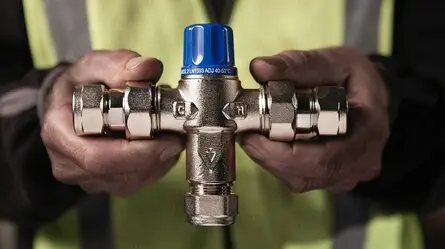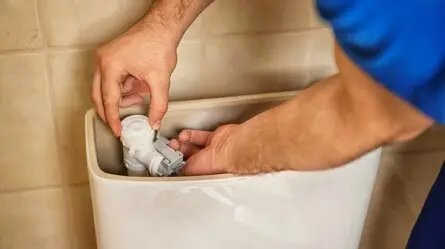
Have you ever turned on your shower expecting a comforting stream of warm water, only to be met with a cold shock or a scalding blast? If so, it might be time to adjust the temperature of your thermostatic mixing valve (TMV). This straightforward yet critical adjustment can make the difference between a relaxing, steamy shower and an unexpected icy jolt or hot flash.
But before we get into the nitty-gritty of how to adjust your TMV’s temperature, it’s essential to understand what this device is and why it’s such a vital part of your home’s hot water system. So, what exactly is a TMV, and how can you tweak its settings for optimum comfort? Let’s dive in!
What is a Thermostatic Mixing Valve (TMV)?
A Thermostatic Mixing Valve, or TMV, is essential to your home’s hot water system. This clever device keeps you safe and comfortable.
From a health perspective, the TMV allows your water heater to store water at high temperatures, typically above 60°C, to effectively kill bacteria, including harmful Legionella bacteria. However, such high temperatures can pose a risk of scalding. This is where the TMV’s comfort function comes into play.
The TMV blends this hot water with cold water to deliver water to your taps and showers at a safe and more comfortable temperature. It achieves this by constantly monitoring the temperature of the water it mixes. Based on this monitoring, the valve adjusts the amount of hot and cold water, maintaining a constant output temperature even when the incoming water temperatures fluctuate.
So, if you notice that the water temperature from your faucets and showers is either too hot or too cold, it could indicate that your TMV needs adjustment. Understanding how to do this can help you optimise your hot water system’s performance and enhance your home’s comfort levels.
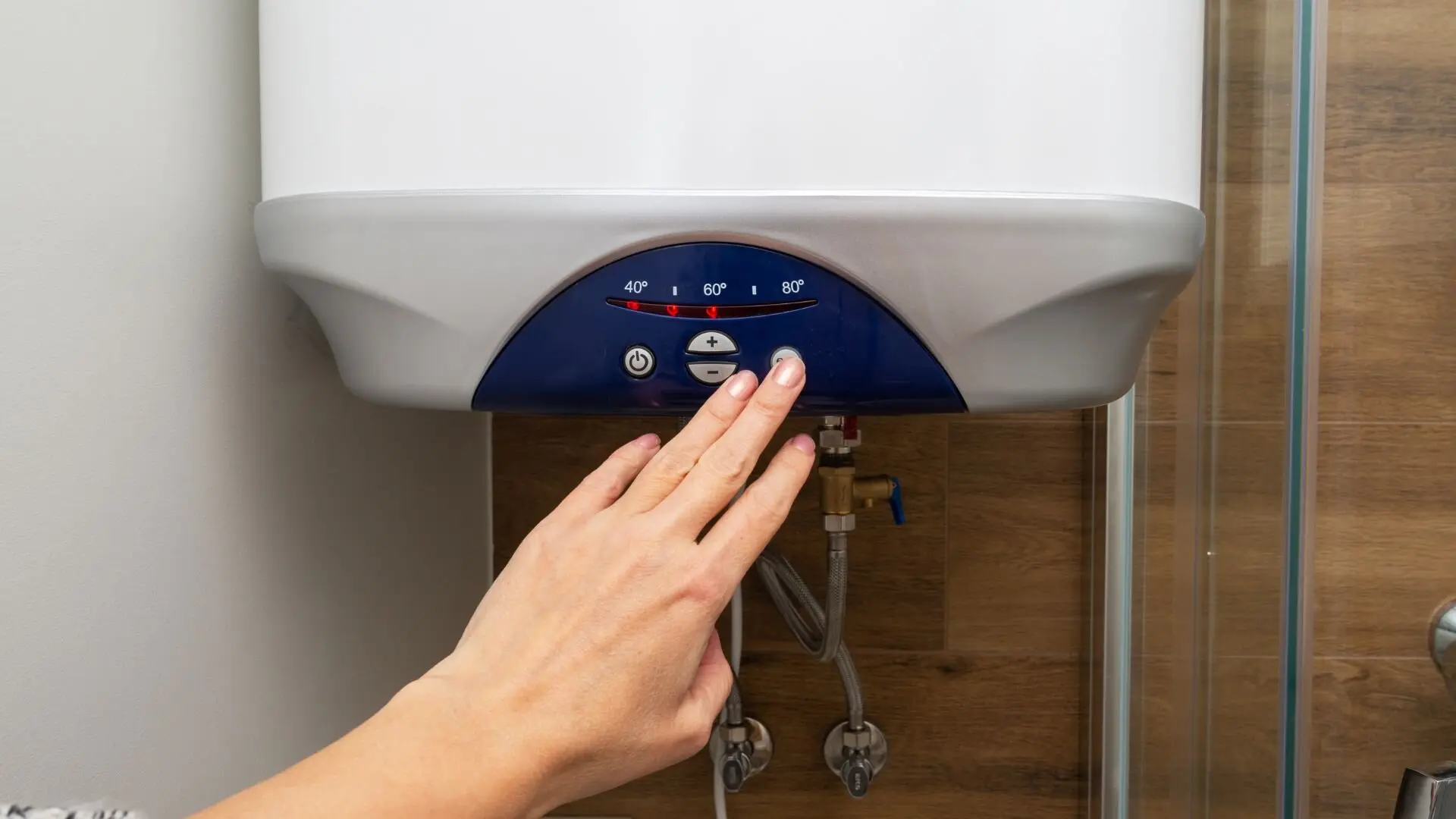
Why You Might Need to Adjust Your TMV Temperature
The need to adjust the temperature of your TMV could arise due to various circumstances. Here are some of the most common scenarios:
Seasonal Changes
As the seasons change, your hot water preferences might too. You may want warmer showers in winter, meaning a higher TMV setting. Conversely, a cooler shower can be refreshing during hot summers, so lowering the TMV temperature might be ideal.
Safety for Vulnerable Individuals
If your household includes young children, elderly individuals, or those with sensitive skin, adjusting your TMV to a lower temperature is a sensible precaution. This can significantly reduce the risk of accidental scalding, providing a safer home environment for these vulnerable groups.
Personal Comfort
Everyone has a unique comfort zone when it comes to water temperature. Some people enjoy steaming hot showers, while others prefer a lukewarm experience. Adjusting your TMV allows you to customise your hot water system according to your preferences, enhancing your overall comfort.
Energy Efficiency
Adjusting your TMV temperature can also contribute to energy efficiency. By setting your TMV to a lower temperature, you reduce the amount of hot water needed, which can lower your energy consumption and contribute to more sustainable living.
So, adjusting your TMV temperature is a valuable skill that helps you tailor your hot water system to your specific safety precautions for safety, comfort, energy efficiency, or adaptation to seasonal changes.
Remember that safety is key before you start adjusting your TMV’s temperature. This is extremely important because hot water systems can be risky if not handled carefully.
First, you’ll need to turn off your water system. Typically, this is done at the main water shutoff valve in the basement, garage, or utility room. This step helps avoid unexpected surprises like water gushing out unexpectedly.
Next, it’s important to protect yourself. Wearwork gloves and safety goggles. The gloves protect your hands from sharp edges or hot areas, while the goggles shield your eyes from splashes or falling debris during the task.
In addition to personal protection, using the correct tools for the task is vital. Improvised tools lead to subpar results and increase the risk of injury or damage to your plumbing system. Be mindful of your surroundings. You’re dealing with a hot water system, which means the TMV and nearby pipes can be hot. Caution is necessary to avoid any potential burns.
Finally, know your limitations. If you feel uncomfortable or uncertain about the task, it’s best to call a professional plumber. It’s perfectly okay to ask for help when needed, and it’s far better to be safe than sorry.
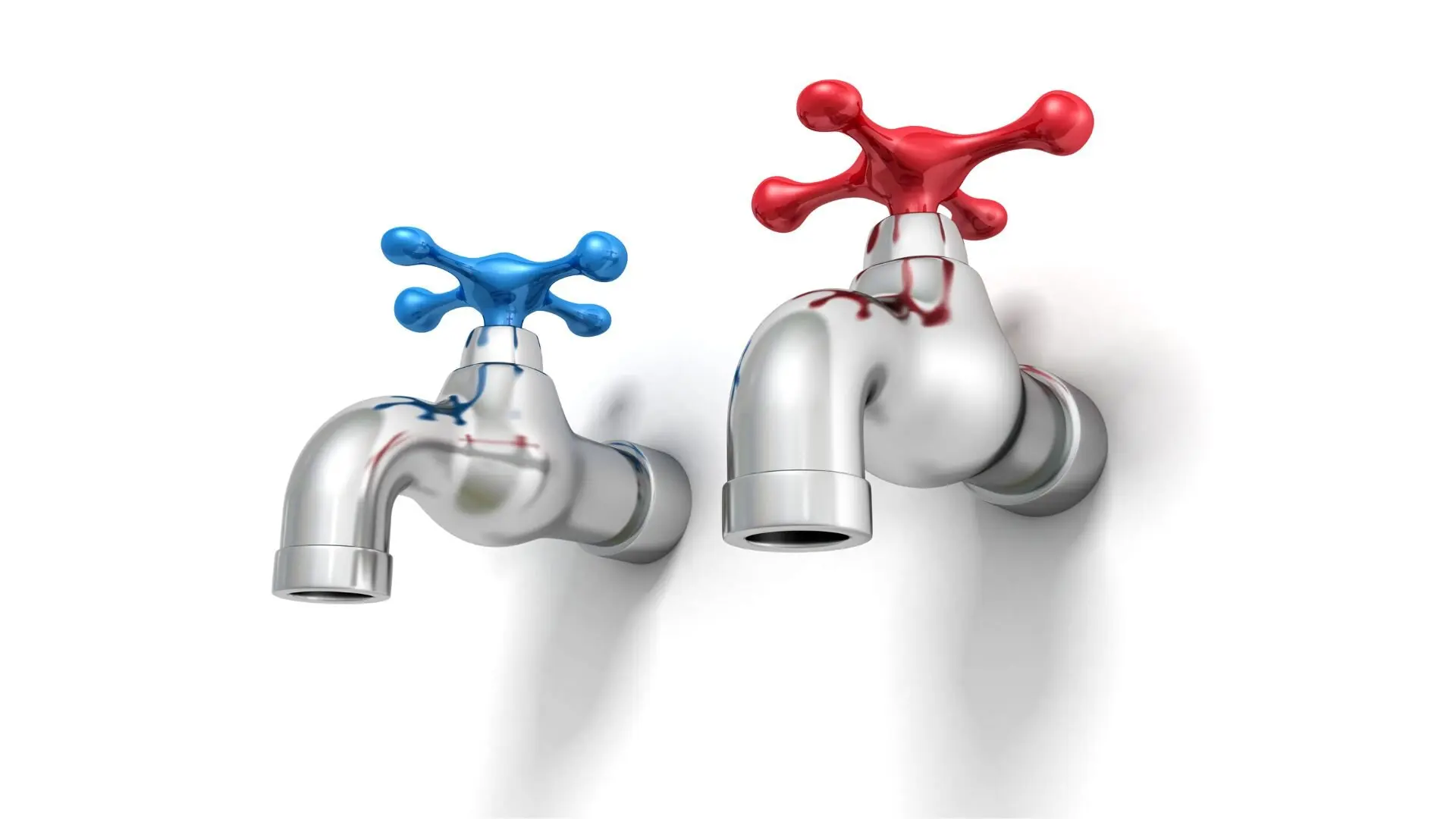
Step-by-Step Guide to Adjusting TMV Temperature
While the details of adjusting a TMV might vary by model, the general process is pretty straightforward. Here’s a closer look at each step involved:
1. Locate the TMV
This device is usually found near your water heater. It’s identifiable by a dial or knob used for adjustment. The TMV might be attached directly to the water heater or set into the wall or floor nearby. If unsure, refer to your water heater’s documentation or consult a professional.
2. Test the Current Temperature
Before making any adjustments, it’s beneficial to know your starting point. This involves checking the hot water temperature at the faucet furthest from the TMV. Using a thermometer, allow the hot water to run for a few minutes before taking a reading. This ensures you’re measuring the stabilised temperature of the hot water, not just the initially heated water in the pipes.
3. Adjust the TMV
The main part of the process is turning the adjustment knob on the TMV. This should be done slowly and methodically. Typically, turning the knob clockwise will increase the temperature, while turning it counter-clockwise will decrease it. However, refer to your TMV’s manual, as some models may differ.
4. Recheck the Temperature
After adjusting the TMV, it’s important to recheck the temperature of the faucet. Wait a few minutes for the water to stabilise, then take a new reading. Repeat the adjustment process if the temperature isn’t at your desired level. It may take several tries to get the temperature just right.
4. Secure the TMV
Once you’ve achieved the desired temperature, ensure the TMV is secured in its new setting. Some models have a locking mechanism or a set screw that needs to be tightened to prevent the knob from being unintentionally adjusted. Again, refer to your TMV’s manual for specific instructions.
Remember, don’t hesitate to call a professional plumber if you feel uncomfortable or uncertain. Adjusting a TMV is generally a simple task, but it’s always better to seek assistance than risk damaging your hot water system or hurting yourself.
Troubleshooting Common Issues
Adjusting your Thermostatic Mixing Valve (TMV) can be challenging. Understanding these issues can help you determine when you need professional help.
One problem you might face is seeing no change in water temperature despite adjusting the TMV. This could be due to several reasons. For instance, the TMV might not operate correctly and require repair or replacement. Alternatively, there could be an issue with the water heater itself. The water heater may be set at an incorrect temperature or malfunctioning in some way. In either case, a professional inspection might be necessary to diagnose and fix the issue.
Another issue you might encounter is drastic changes in water pressure after adjusting the TMV. Significant drops or fluctuations in pressure could signal a more complex plumbing problem. This might be due to blocked pipes, a faulty pressure-reducing valve, or issues with the municipal water supply.
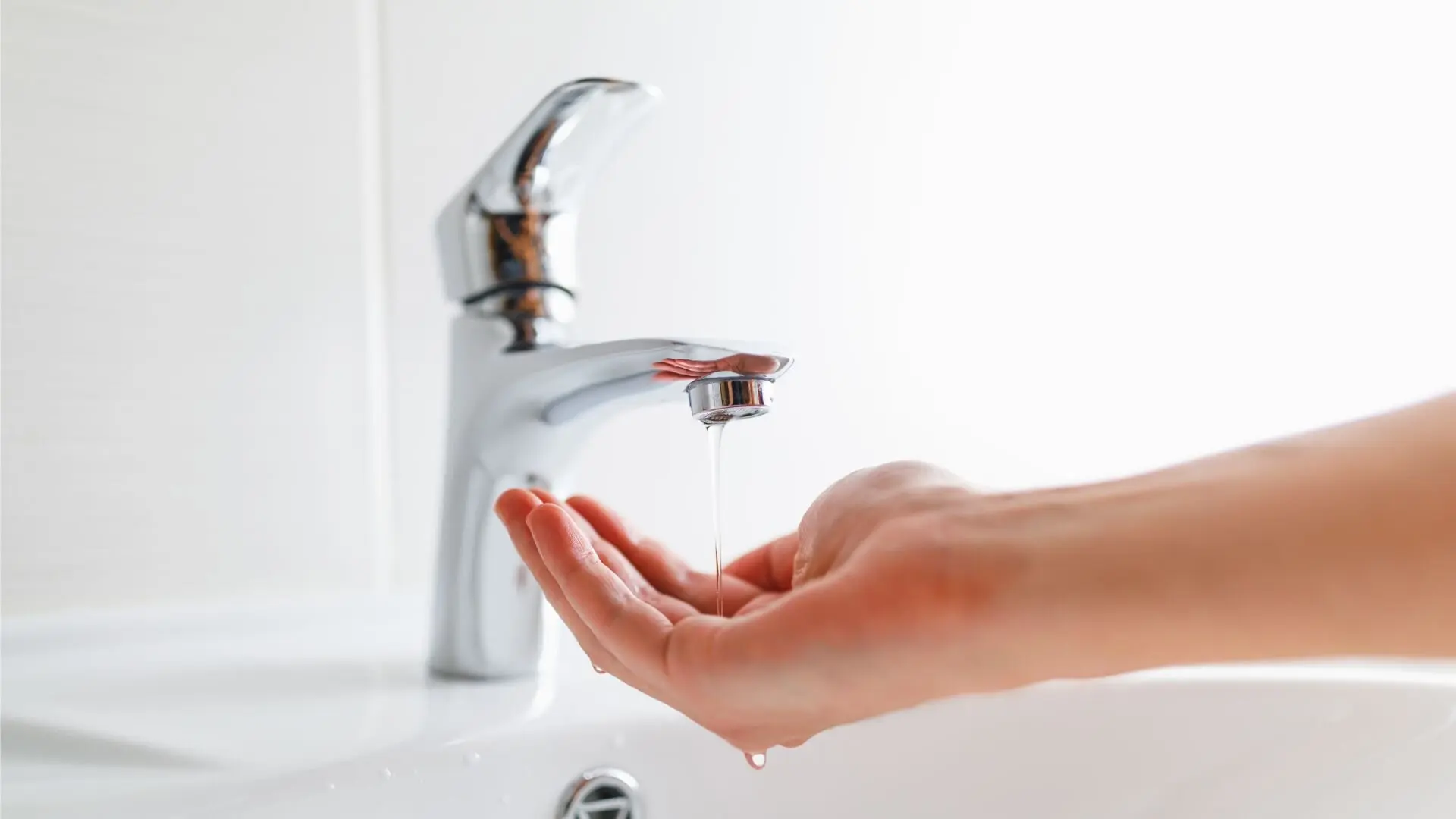
The best action in all these scenarios is to consult a professional plumber. While adjusting a TMV is generally a simple task, more complex issues with your hot water system are best left to the professionals. They have the knowledge and tools to diagnose and resolve these issues correctly, ensuring your hot water system operates safely and efficiently.
Ensuring Optimal TMV Performance with Woolf Plumbing & Gas
Adjusting your Thermostatic Mixing Valve (TMV) is crucial in maintaining your home’s hot water system. Whether you need to adapt to changing seasons, ensure safety for vulnerable members of your household, or enhance your comfort, understanding how to adjust your TMV can contribute significantly to these goals.
However, while adjusting a TMV is simple, specific issues and complexities could arise. If you encounter any problems, such as no change in water temperature after adjustment or a drastic change in water pressure, it’s wise to seek professional assistance.
That’s where Woolf Plumbing & Gas comes in. Based in Perth, we’re here to help with all your plumbing needs. Our trained professionals can assist with everything from simple TMV adjustments to diagnosing and resolving more complex issues with your hot water system.
Don’t hesitate to contact us if you need any assistance. With Woolf Plumbing & Gas, you can ensure your hot water system functions safely, efficiently, and just how you like it.


